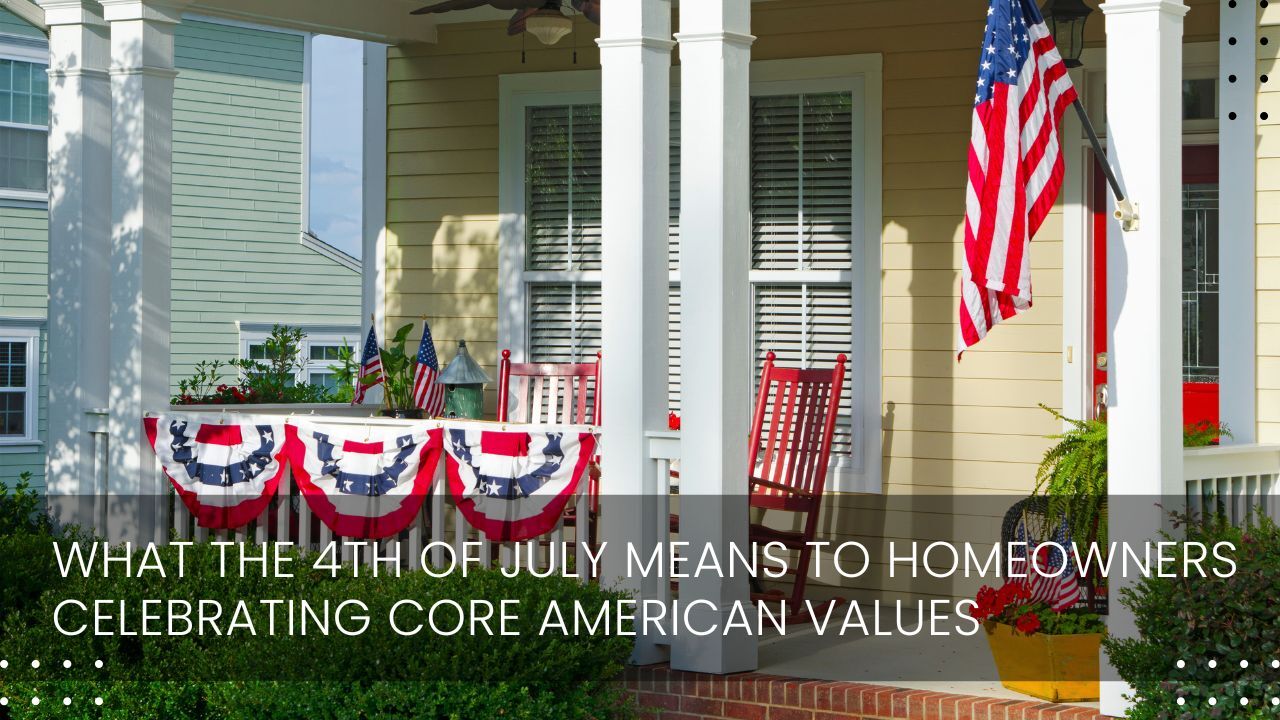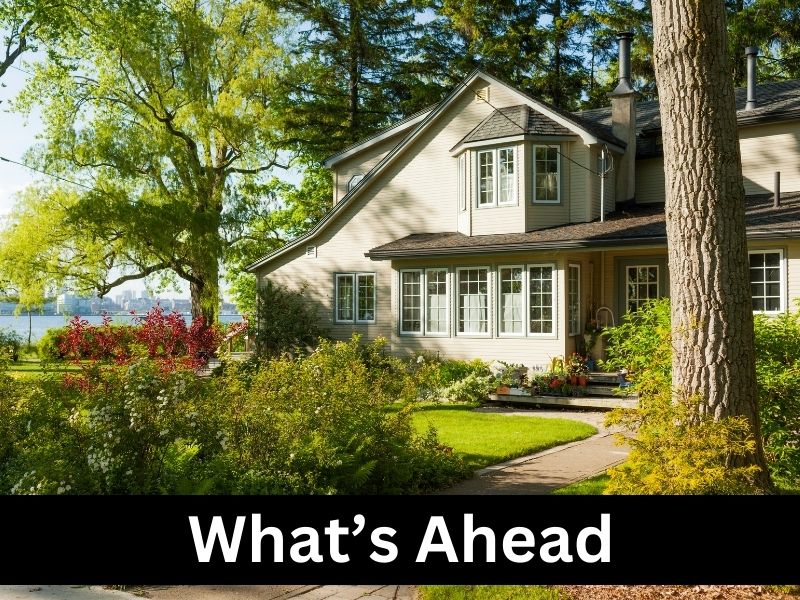
With next week featuring both the CPI and PPI reports, the release schedule for this upcoming week will be extremely light. This previous week featured a small number of notable data releases. First being the trade deficit which has shown a sharp decline due to the tariff policies, but has increased again with the pause on tariffs. The manufacturing sector has seen growth as well with the PMI Manufacturing data, but inflation also proves to have grown just as much. Lastly, employment numbers have shown a stronger than expected labor market, but there are still expectations that things will cool further.
Manufacturing PMI
The headline index from the report, the seasonally adjusted S&P Global US Manufacturing Purchasing Managers’ Index, improved to 52.9 in June, from 52.0 in May. The latest reading was the highest since May 2022, and indicative of a solid rate of expansion. It was also the sixth successive month in which the PMI has posted above the critical 50.0 no-change mark.
Manufacturers recorded a first rise in production for four months. Growth was the second-steepest since March 2024, surpassed only by February’s near three-year record.
Employment Data
The U.S. added a decent 147,000 jobs in June, pointing to resilience in the labor market. But the pace of hiring has slowed since last year as businesses grapple with trade wars and the crackdown on immigration. About half of the new jobs were created by state and local governments, taking some shine off a seemingly solid report. The private sector only added 74,000 jobs, marking the smallest increase in eight months.
Trade Deficit
The U.S. goods and services trade deficit increased in May 2025 according to the U.S. Bureau of Economic Analysis and the U.S. Census Bureau. The deficit increased from $60.3 billion in April (revised) to $71.5 billion in May, as exports decreased more than imports. The goods deficit increased $11.2 billion in May to $97.5 billion. The services surplus decreased $0.1 billion in May to $26.0 billion.
Primary Mortgage Market Survey Index
• 15-Yr FRM rates saw a decrease of -0.09% for this week, with the current rates at 5.80%
• 30-Yr FRM rates saw a decrease of of -0.10% for this week, with the current rates at 6.67%
MND Rate Index
• 30-Yr FHA rates saw an increase of 0.06% for this week, with the current rates at 6.27%
• 30-Yr VA rates saw an increase of 0.07% for this week, with the current rates at 6.29%
Jobless Claims
Initial Claims were reported to be 233,000 compared to the expected claims of 240,000. The prior week landed at 237,000.
What’s Ahead
An extremely light release week with nothing of note. The following week will feature inflation data with the CPI and PPI reports.
 As communities gather to celebrate the 4th of July, this national holiday serves as a meaningful reminder of the values that define the United States: freedom, independence, and opportunity. While the day includes parades, fireworks, and time with neighbors, it also carries deeper significance for homeowners and those pursuing homeownership.
As communities gather to celebrate the 4th of July, this national holiday serves as a meaningful reminder of the values that define the United States: freedom, independence, and opportunity. While the day includes parades, fireworks, and time with neighbors, it also carries deeper significance for homeowners and those pursuing homeownership. Selling a home can be a significant undertaking, especially when considering the time, effort, and money often required to prepare a property for the market. However, not every home requires major renovations to attract buyers. In many cases, sellers can list and successfully sell a property by focusing on strategic improvements and presenting the home in the best possible condition. If you are hoping to sell your home with minimal repairs, the following tips can help you do so effectively.
Selling a home can be a significant undertaking, especially when considering the time, effort, and money often required to prepare a property for the market. However, not every home requires major renovations to attract buyers. In many cases, sellers can list and successfully sell a property by focusing on strategic improvements and presenting the home in the best possible condition. If you are hoping to sell your home with minimal repairs, the following tips can help you do so effectively. Buying a home is a major investment, and for many buyers, the idea of having a pool is an exciting feature that adds value and enjoyment. Whether you are considering a pool for recreation, relaxation, or future resale, there are many reasons why a pool can be a smart addition to your home search.
Buying a home is a major investment, and for many buyers, the idea of having a pool is an exciting feature that adds value and enjoyment. Whether you are considering a pool for recreation, relaxation, or future resale, there are many reasons why a pool can be a smart addition to your home search.
